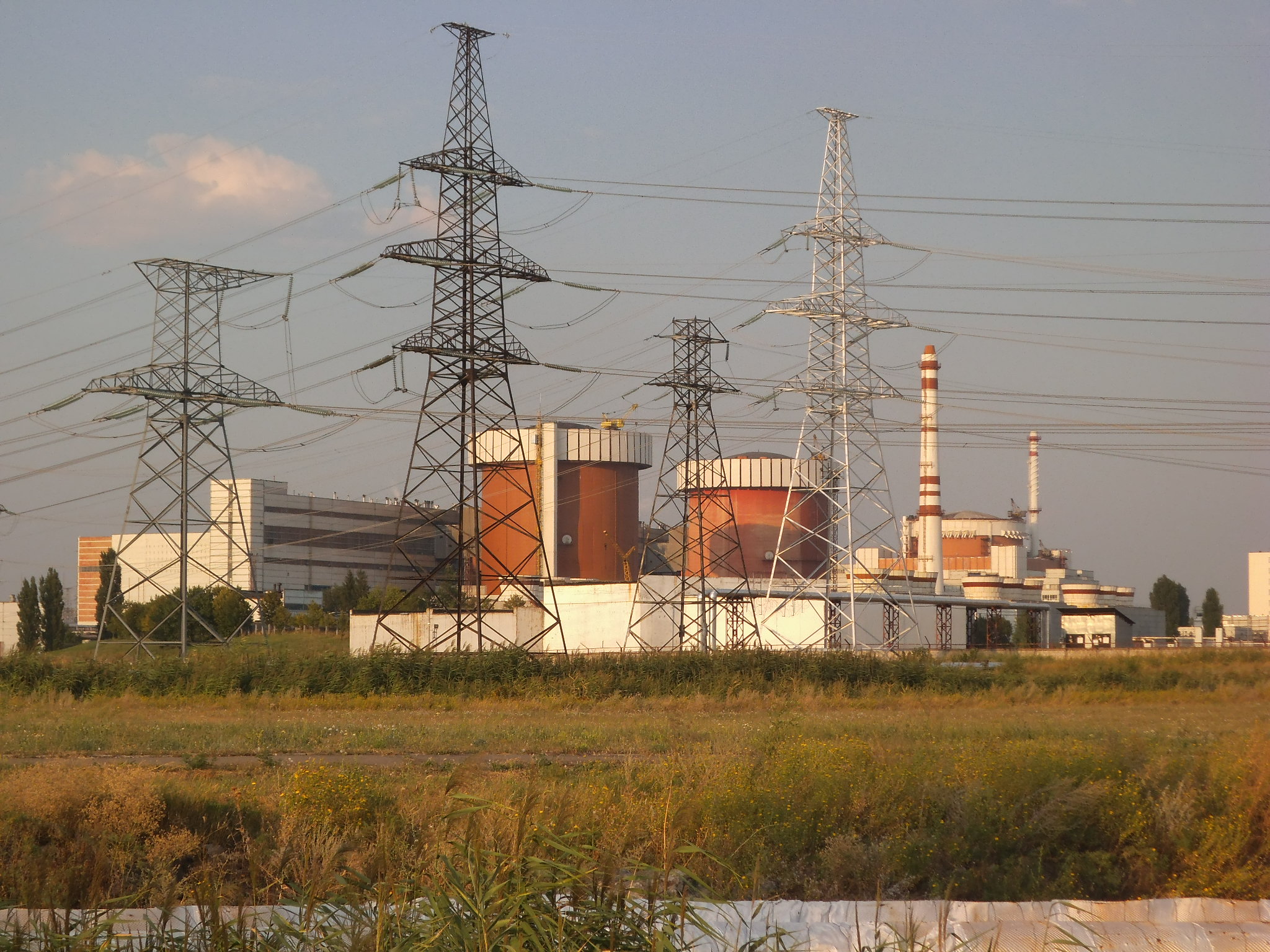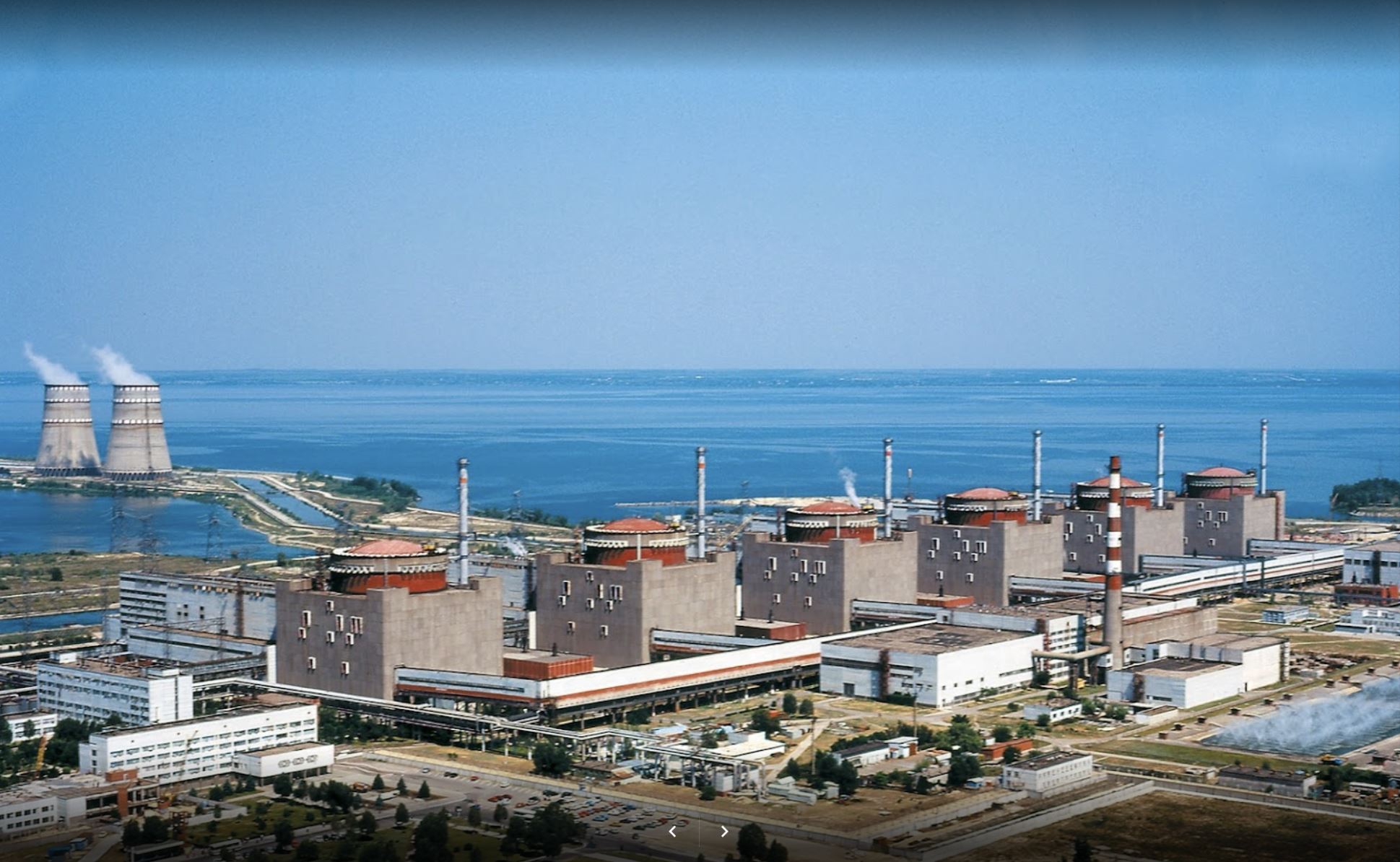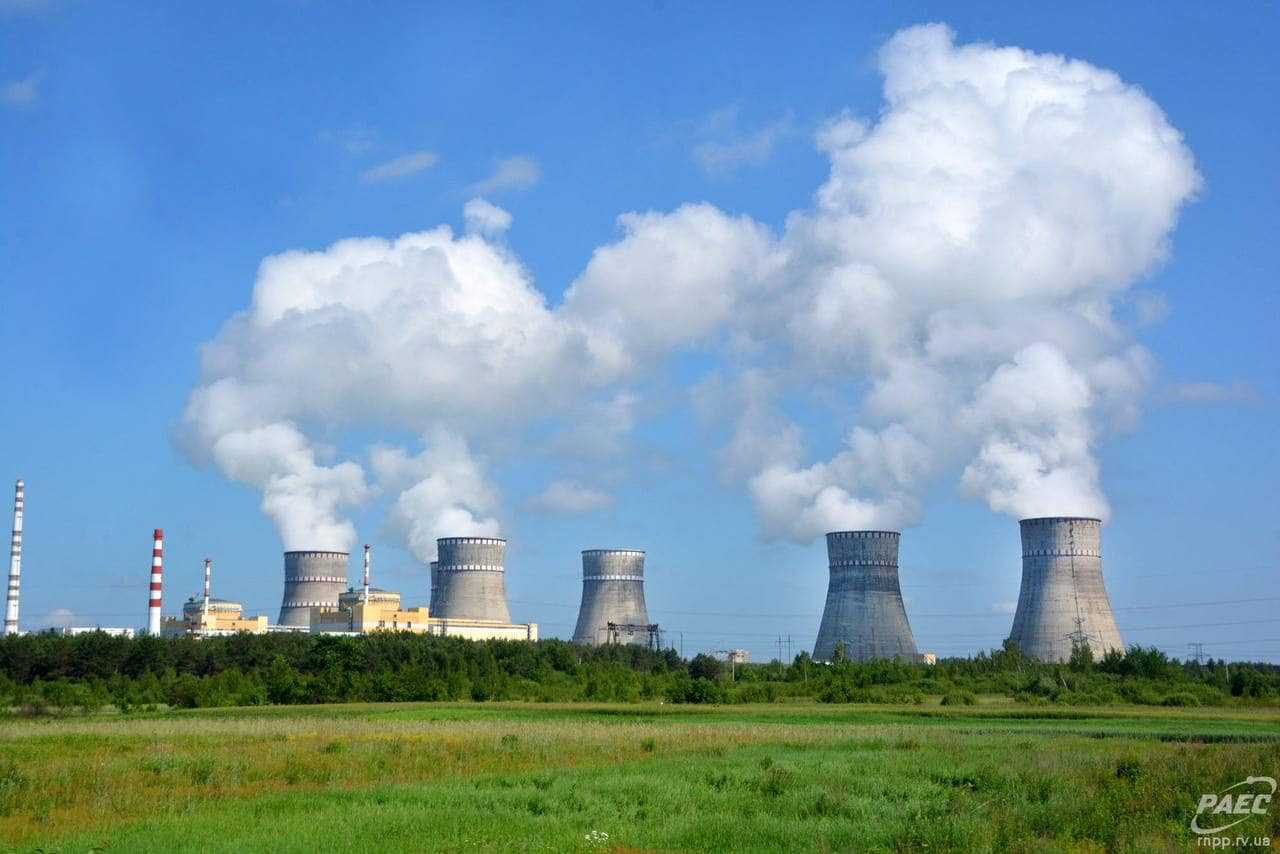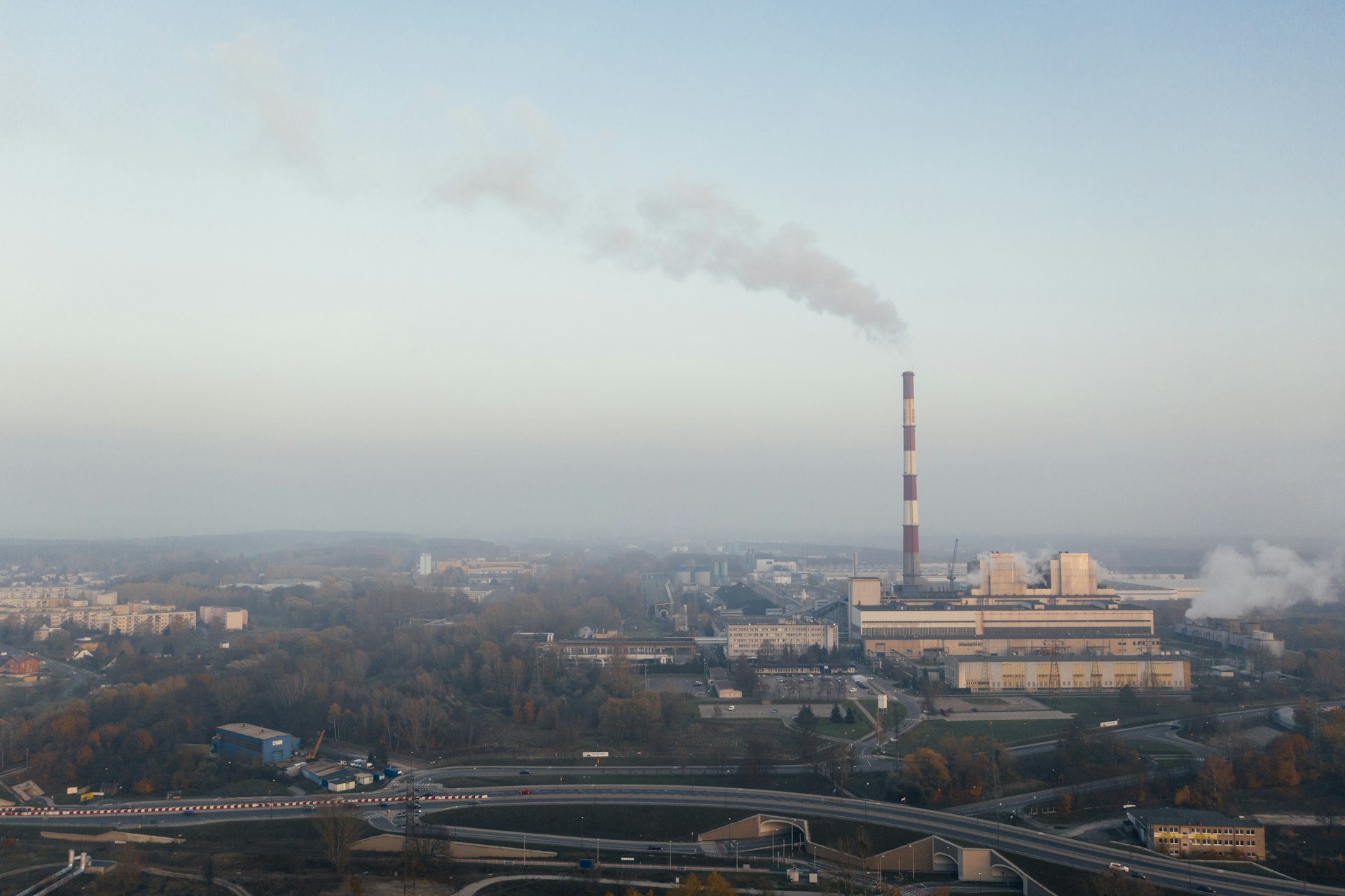As a result of Russia’s targeted attacks on the energy system, Ukraine is on the verge of a nuclear crisis unprecedented in the history of the energy sector. If Russia’s attacks on the energy system continue, there is a very real prospect of simultaneous and multiple failures at Ukraine’s nuclear reactors, releasing catastrophic levels of radioactivity. The most vulnerable are the three power plants that are currently producing electricity. The immediate impact of radioactive contamination would be on the population and environment of Ukraine, but it could spread to large parts of Europe and beyond. HMH summarises the main points of Greenpeace’s analysis.
In the worst-case scenario, Ukraine has thirty large sources of radioactivity, each of which could lead to radiological consequences that would exceed the total release at Fukushima Daiichi and even the Chernobyl disaster and its radiological impact.
Since the beginning of Russia’s full-scale invasion of Ukraine, the Russian military has been targeting Ukraine’s electricity system, including its generating facilities and electricity substations. As a result, Ukraine’s national power grid is now severely damaged and most of its generating capacity is out of service.
No national nuclear power programme in the world is designed to cope with the scale of destruction caused by Russia’s full-scale war in Ukraine. So far, no nuclear safety regulatory body in the world has conducted a safety analysis taking into account the crisis of the scale caused by Russia’s targeted attacks on the national electricity system of Ukraine and its impact on the safety of nuclear power plants.
– The growing nuclear crisis in Ukraine is unprecedented in the history of nuclear power in general and the history of the IAEA in particular. Now is the time for the IAEA to act decisively, sending clear and unambiguous signals to the Russian leadership and immediately deploying additional missions to the critical infrastructure of the substations.
Sean Burney, nuclear energy expert at Greenpeace Ukraine
Read also: Integrated vision of the Dnipro River: what is the joint project of Ro3kvit and Greenpeace about?
Current state of energy infrastructure in Ukraine
Due to Russia’s targeted attacks on Ukraine’s energy infrastructure since 2022, Ukraine’s electricity system is now significantly weakened and unstable. By the summer of 2024, Russia had destroyed 90-95 per cent of thermal power plants and 40 per cent of hydroelectric power plants.
Currently, Ukraine produces electricity (at full capacity) at three nuclear power plants with nine nuclear reactors: four at the Rivne Nuclear Power Plant near Varash, Rivne region, two at the Khmelnytsky Nuclear Power Plant in Khmelnytsky region, and three at the South Ukrainian Nuclear Power Plant in Mykolaiv region.
These three NPPs currently produce the lion’s share of Ukraine’s electricity. The six reactors at Zaporizhzhia NPP, which remain under illegal occupation by the Russian military and Rosatom (the Russian State Nuclear Corporation), have been out of service since September 2022.

Unprecedented risks in Ukraine’s energy system
Recent statements by Ukraine’s president and foreign minister have prompted further escalation of Russian attacks on Ukraine’s electricity infrastructure, including electrical substations and nuclear reactor switchgear.
Attacks on the Ukrainian power grid pose serious safety challenges for operating nuclear power plants due to the rapid transients they cause in the off-site power grid. These transients are characterised by sudden, significant fluctuations in power supply, which require an immediate and accurate response from reactor operators.
The potential loss of substations, including those directly connected to Ukrainian nuclear power plants, could lead to emergency shutdowns of many reactors. If the Russian military destroys the power grid, it will not be possible to maintain power to cool reactors and spent fuel pools, or to operate vital safety systems. This could sharply increase the risk of reactor core damage, leading to nuclear fuel meltdowns and multiple accidents across Ukraine’s reactor fleet, including multiple and cascading reactor unit accidents. For the nine reactors currently generating electricity, the time period from the first loss of power and fuel cooling function in the reactor core to the rapid progression to severe core damage is measured in hours.
Read also: UN report: attacks on energy infrastructure can have lasting effects on civilians
Damage to Ukraine’s power grid increases risk of potential nuclear disaster
To ensure the safety of nuclear power plants, it is necessary to guarantee the stability of power supply. The condition of the off-site grid plays a key role in this. NPPs are connected to the grid by several power lines. When there is an imbalance between power generation and load, the frequency in the grid tends to drop due to a main generator outage or a fault at a substation. When the frequency is too low, the grid operator first activates an increase in generation. However, under current conditions in Ukraine, this is very difficult to do.
The next step is load shedding. To do this, parts of the grid are turned off to reduce demand. The first problem with a destroyed grid, even without off-site power loss, is that the pumps that circulate the cooling water in the nuclear reactor operate only if there is stable electricity. And the destroyed grid cannot provide such stability. If the grid voltage and frequency are insufficient, the motors cannot develop enough torque to continue running or start, and the electrical system shuts them down.
If one or more NPPs are shut down and/or key substations are damaged or destroyed due to strikes by the Russian military, in the absence of additional generating capacity, voltage and frequency may go beyond the permissible limits. This could lead to the shutdown of other generating capacities, resulting in a cascading blackout and the loss of power to the entire system. As a result, all four nuclear power plants in Ukraine would lose power from the grid and a so-called loss of external power supply (LOOP) situation would occur.
– Ukraine is trapped in the nuclear power industry. No nuclear power programme in the world was ever designed with a safety margin to deal with the kind of damage that the Russian war of aggression has done to the Ukrainian power system and the consequences of such actions for the safety of nuclear power plants.
Jan Vande Putte, nuclear energy expert at Greenpeace Ukraine

Read also: In Kyiv region a nearly zero-energy consumption school is being built
The main difficulties with recovery from an emergency power outage (starting a power plant from scratch)
Power plant restart (or restoration after an emergency outage) is a complex process of restarting the electricity system after an emergency outage. This process is coordinated by the electricity transmission system operator (Ukrenergo) in Ukraine and requires a sufficient number of power plants with the ability to start a power plant from scratch, such as battery energy storage systems (BESS), diesel generators, hydroelectric power plants and thermal power plants. BESS can be combined with renewable sources such as wind and solar power plants.
Nuclear power plants are not capable of starting up from scratch and therefore depend on these other sources to operate. This is especially problematic in the current situation in Ukraine, as most hydropower and fossil energy capacities have been put out of action by Russian aggression, and Ukraine does not (yet) have significant BESS capacities.
Potential consequences of a power outage in Ukraine
The following calculations for both shutdown and operating reactors demonstrate some of the potential radiological consequences that could arise in the event of an emergency shutdown of a plant in Ukraine:
- Each reactor building has both a reactor core and a spent fuel pool. This means that there are a total of 30 large sources of highly radioactive nuclear fuel at fifteen reactors, in addition to other facilities.
- In the event of an accident at a single nuclear reactor, atmospheric modelling shows that the highest risk of high levels of contamination (>1000 kBq/m2 Cs-137, requiring resettlement of the population) would be within a radius of several hundred kilometres, i.e. mainly in Ukraine itself, but also in neighbouring countries. A lower level of contamination, which still requires protective measures (between 128-1000 kBq/m2 Cs-137), would affect the entire territory of Europe. These are models of single-reactor accidents, not cascading effects of accidents at multiple reactors.
- There are no publicly available models that demonstrate radiological releases and dispersion from multiple nuclear reactors at multiple nuclear power plants.
In the event of a prolonged power system outage, there is a risk of core damage at several power plants. Cascading effects may occur at each power plant, where a large-scale release at one reactor may lead to a loss of control at adjacent reactors, causing further releases.

Read also: Preparation of Hospitals for the Third Winter During the War: Infrastructure Measures and Innovations
Current state of nuclear safety in Ukraine
The entire nuclear safety analysis for Ukraine (and all countries) is developed and planned with a certain redundancy in the power grid, taking into account the so-called “N-1 standard”, which guarantees protection of the system from any one-time event.
However, no national nuclear power programme in the world is designed to cope with the scale of destruction caused by Russia’s full-scale war in Ukraine. So far, no nuclear safety regulatory body in the world has conducted a safety analysis taking into account the crisis of the scale caused by Russia’s targeted attacks on Ukraine’s national electricity system and its impact on the safety of nuclear power plants.
Although the exact information about the vulnerabilities and condition of the Ukrainian power system caused by the Russian military strikes is confidential, it is known that the reliability criteria that should apply to the operation of nuclear power plants are not being met, such as criterion N-1. Further serious disruptions to the already fragile power grid could lead to a cascading shutdown of the entire system and thus a LOOP situation at all four Ukrainian nuclear power plants (including Zaporizhzhya NPP, which has already been shut down but is still connected to the Ukrainian grid).
Social consequences of Russia’s attack on Ukraine’s energy system
As recently reported by the UN Human Rights Monitoring Mission in Ukraine (HRMMU), “Russian attacks on Ukraine’s electricity system, damaging or destroying numerous electricity generation, transmission and distribution facilities have had widespread consequences, harming the civilian population and the country’s electricity, water, sanitation, heating and hot water supply, public health, education and economy”. The UN Independent International Commission of Inquiry on Ukraine has also already concluded that the Russian attacks on electricity infrastructure in 2022-2023 were widespread, systematic and disproportionate, constituting a war crime of causing excessive collateral damage to civilians and potentially a crime against humanity.
Even without the nuclear disaster, the people of Ukraine would have faced extremely harsh conditions this winter, with expected prolonged power outages and lack of access to heating. Amidst the war, the Ukrainian authorities, energy companies, humanitarian and recovery organisations are making huge mitigation efforts to prevent a humanitarian crisis this winter.
Further attacks by the Russians could lead to a further loss of capacity in the power grid and blackouts across the country, a potential cascading crisis at multiple reactor units and several nuclear power plants, and finally, large-scale radiological releases. The horrific consequences that the population of Ukraine would have to face in this situation are unimaginable.

Read also: Ukraine Bets on Green Energy: Government Approves Plan Through 2030
Greenpeace’s solution to preventing a nuclear disaster
In order to reduce the risk of an unprecedented nuclear disaster, Russia must immediately cease all attacks on Ukraine’s vulnerable electricity system, not only on the most critical substations, but also on the rest of its existing generating capacity.
The international community, including the International Atomic Energy Agency (IAEA), must put pressure on Russia to stop its irresponsible war crimes against the people, environment and energy infrastructure of Ukraine.
In addition, the IAEA has a particularly important role to play. According to the State Nuclear Regulatory Inspectorate of Ukraine (SNRIU), the International Atomic Energy Agency (IAEA) has agreed to expand its permanent monitoring mission in Ukraine to include electrical substations. The expansion of the mission will mean that IAEA inspectors will be assigned to substations in Ukraine, namely all nuclear power plants. However, for this mission to be effective in protecting critical energy infrastructure and preventing Russian attacks, it must be implemented immediately and comprehensively. Greenpeace International made this call in a letter sent on 30 September 2024 to the IAEA Director General.
– It’s time to remind the IAEA and world leaders of their responsibility for Russia’s continued attacks on Ukraine’s energy system.
Jan Vande Putte, nuclear energy expert at Greenpeace Ukraine
Recommended actions
- Russia must immediately cease further attacks on Ukraine’s entire electricity system, not just nuclear power plants and the most critical substations;
- The international community must apply all possible pressure on Russia to force it to stop the attacks;
- The IAEA, with the full support of its member states, should immediately implement its expanded mission in Ukraine to deploy inspectors to critical electricity facilities, including substations necessary for the operation of nuclear power plants, as a deterrent to further Russian military attacks;
- Expand and accelerate international support to restore Ukraine’s damaged energy infrastructure and protect it;
- Further increase in import capacities through the interconnection of ENTSO-E and Ukraine;
- On the electricity demand side, expand energy efficiency measures and install smart meters, as well as expand and apply electricity demand side management;
- In terms of electricity production, further decentralisation, industrial-scale energy storage systems combined with solar and wind power to make Ukraine less vulnerable to attacks.
Read also: Ukraine is the most mined country in the world — the environmental impact of the Russian invasion



